#discovery science
Text

My latest New Scientist cartoon.
4K notes
·
View notes
Text
New Millipede!!! Sphaerobelum turcosa is a newly discovers species of pill millipede that was recently discovered in the Loei province of Thailand. A team of researchers were doing field work in the Phu Pha Lom Forest when they discovered fourteen of these brightly colored millipedes. Due to their stunning coloration these pill millipedes were nicknamed “The Jewel of The Forest”.

Pill millipedes have convergently evolved a body structure similar to that of isopods (aka roly polies) and have comparatively shorter bodies than other species of millipedes, and like roly polies they will roll themselves into a ball when they feel threatened.
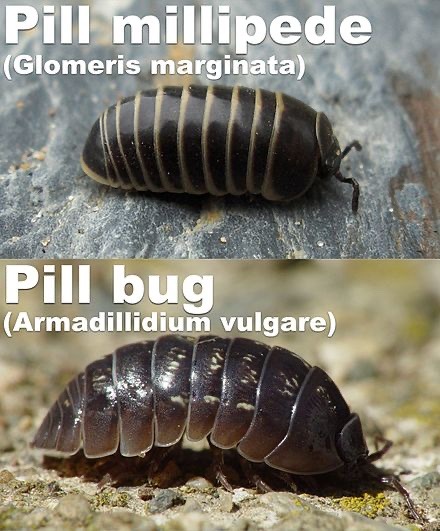
The bright turquoise color of Sphaerobelum turcosa helps warn predators that they are poisonous and not to eat them. This millipede also has tan markings on its exoskeleton that form a mask-like marking that helps to scare off potential predators.
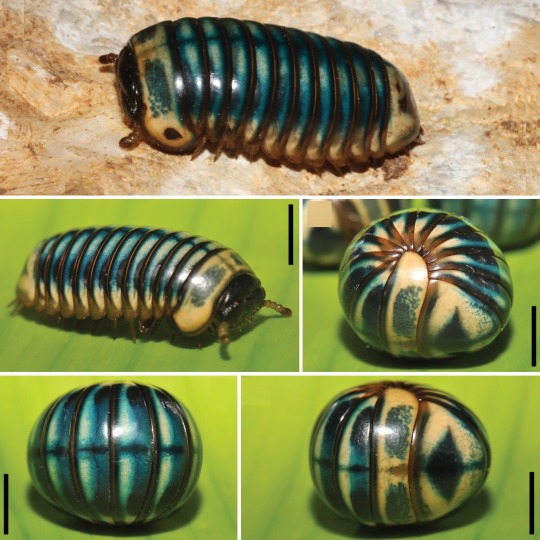
4K notes
·
View notes
Text
Although lactation is a mammalian trait, in recent years several animals have been found to produce milk for their young.
Siphonops annulatus it is amazing to find it has a vent for producing a rich fatty milk with which it feeds its wormlets several times a day.
663 notes
·
View notes
Quote
The work of science does not consist of creation but of the discovery of true thoughts.
Gottlob Frege, Logical Investigations
397 notes
·
View notes
Video
Footage from the Mariana Trench. 10,792 meters (36,000 feet) below the Ocean surface.
4K notes
·
View notes
Text
NEW SPECIES ALERT 🚨
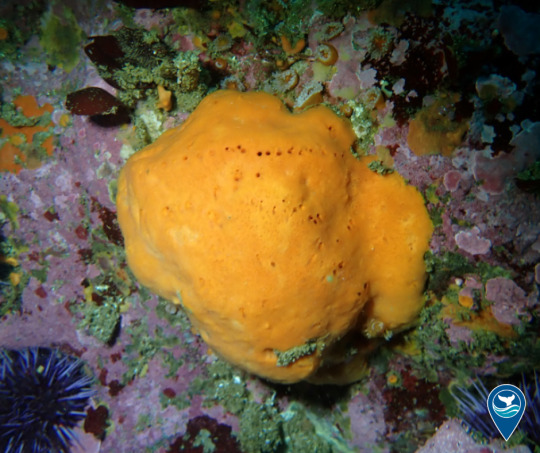
A newly discovered sponge, Megaciella sanctuarium, has been named in honor of Monterey Bay National Marine Sanctuary!
The new species of sponge was discovered in the sanctuary during a research cruise aboard the sanctuary’s 22-foot small boat, the R/V Tegula. Tom Turner, Ph.D., a professor and sponge expert from U.C. Santa Barbara, dove with Steve Lonhart, Ph.D., a research ecologist for Monterey Bay National Marine Sanctuary.
“It is amazing to me that new species are still being discovered within normal diving depths,” said Lonhart. “After diving in central California since 1988, I realize there is still so much to discover, and Dr. Turner is really exposing the incredible biodiversity of sponges found right here in our very own sanctuary.”
#EarthIsBlue#NewSpecies#Science#Ocean#MontereyBay#Discovery#News#conservation#california#national marine sanctuary#nature#noaa#diving
661 notes
·
View notes
Text

Quick sketch based on the new paper on a juvenile Gorgosaurus specimen with the remains of 2 Citipes babies in it's stomach. It's a beautiful specimen of one of my favorite dinosaurs and an important look into the diets of young Tyrannosaurids.
#illustration#paleoart#art#paleontology#paleo#sciart#artistsontumblr#digitalart#science#digitalillustration#Gorgosaurus#dinosaur#tyrannosaur#scientific discovery#prehistoric#cretaceous#theropod#sketch#humanartist
266 notes
·
View notes
Text

#star trek#star trek discovery#star trek aos#star trek the original series#star trek picard#the next generation#star trek voyager#strange new worlds#snw#lower decks#star trek prodigy#tng#ds9#deep space nine#poll#tumblr polls#science fiction
243 notes
·
View notes
Text

The missing link.
268 notes
·
View notes
Text
New James Webb Pictures!

New James Webb Pictures of Neptune!

This is the first time we’ve gotten a picture of Neptune’s rings - we’ve known they’re there for a while, and now we have pictures!
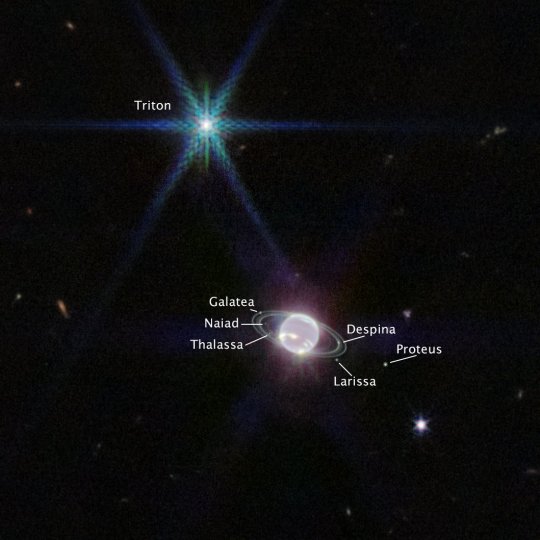
And here’s the visible moons labeled! (neptune has more moons than that)
#neptune#space#james webb#planets#triton#science#james webb telescope#space images#james webb images#discovery#ahhhh space fuck#its so pretttty#image posts#space pictures
3K notes
·
View notes
Text
reminding myself on this busy morning that i also have dreams of taking piano lessons & singing lessons & also honing my writing skills & absorbing as many books as i used to when i was a kid & at the very least taking up cute tennis dates & dabbling into art & just becoming an artistic generalist. also reminding myself that there are pre-meds out there who managed to pursue something they’re passionate in (some are even professional athletes) & still excelled in medicine & if they can do it so can I
#Delusional? Maybe a little bit but this is what i wanna do w my life and I don’t wanna choose one or the other#If I drop science/medicine I feel empty#If I don’t have my creative outlets I feel empty#My existence is a symbiotic meeting of these two facets#It’s possible bc other ppl have done it but I just need to achieve godly levels of time budgeting and drive basically#I was raised on the belief that if you want something badly enough you’ll make it happen!! So that is what I’m going 2 do#I mean when I make it to residency the 80 hr work weeks probably won’t allow for much lol BUT#I don’t like the popular opinion that med school doesn’t allow time for anything else.#So many med students have said that u have plenty of time & that it will be a period of self discovery exploration etc#Idk we’ll see. But!! I intend on making this work.#p
121 notes
·
View notes
Text
Well, we now have evidence of parthenogenesis in birds *and* crocodiles. That forms the phylogenetic bracket around non-avian dinosaurs. Any nonavian - any dinosaur - could have undergone parthenogenesis under the right conditions. We can officially get rid of the frog dna.
#palaeoblr#jurassic park#crocodiles#birds#dinosaurs#science#booth et al 2023#Discovery of facultative parthenogenesis in a new world crocodile
437 notes
·
View notes
Text


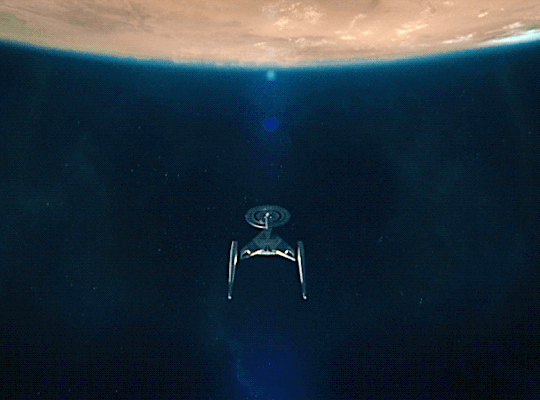
STAR TREK: DISCOVERY
S5 - EP1 | Red Directive
124 notes
·
View notes
Text
An incredibly rare discovery: a complete hadrosaur skeleton.
The fossil is of the large, plant-eating, duck-billed species was found sticking out of a hillside at Dinosaur Provincial Park in Alberta, Canada.
At the moment, all that’s visible of the fossil is a portion of the dinosaur’s tail and right hind leg, but researchers Brian Pickles of the University of Reading and Caleb Brown from the Royal Tyrrell Museum explained that the way in which the fossil is arranged suggests the skeleton is in a sitting position — and may be fully preserved within the hill.
According to Brown, roughly 400 to 500 dinosaur bones have been excavated from the area — but finding any fossils with skin is quite rare. Even rarer is finding a dinosaur preserved in the same position as they were in life.
1K notes
·
View notes
Text
WHAT IF I TOLD YOU:
145 MOONS OF SATURN
397 notes
·
View notes
Text

" Somewhere, something incredible is waiting to be known.
- Carl Sagan "
//© universeviewz
#space#planets#earth#Science#Discoveries#Knowledge#space exploration#quantumtheory#stringstheory#quantummechanics#quantumphysics#aesthetics#explore#follow#discover
394 notes
·
View notes